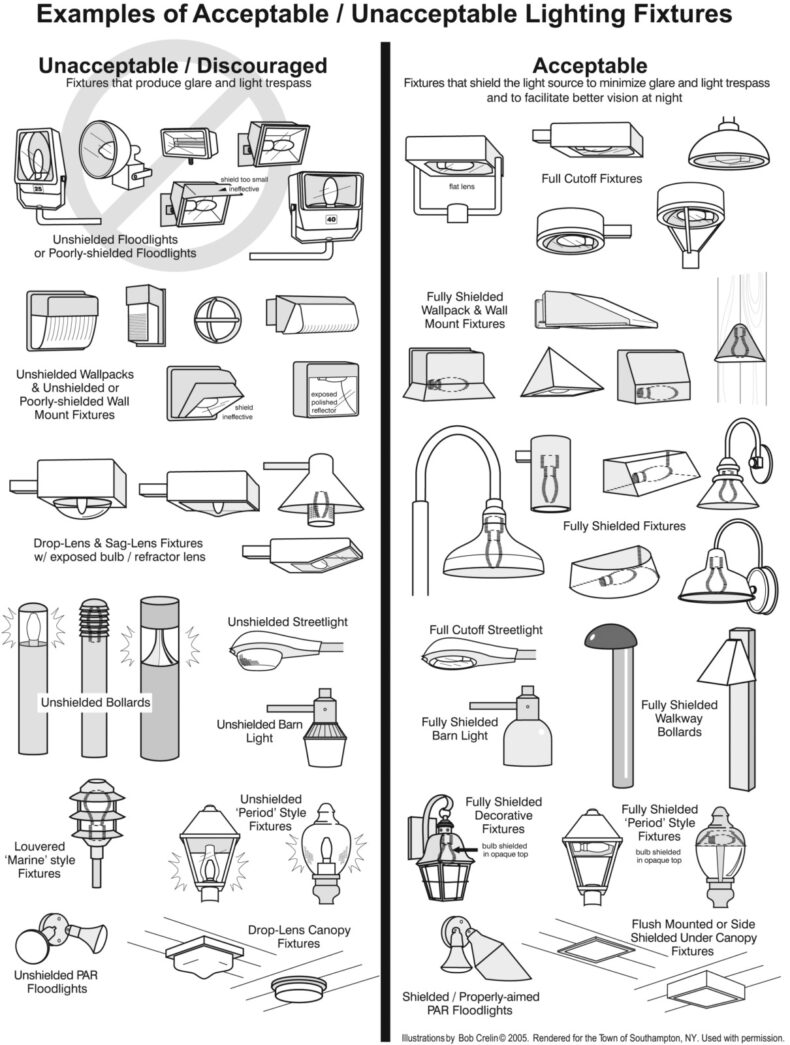On March 12, the Marathon City Council amended the lighting ordinance requiring homeowners to replace nonconforming outside lights within two years. Specifically, the ordinance change addresses “light trespass” – a light that shines on an adjoining or nearby property.
The new language says exterior lighting of homes must be designed and installed to prevent glare affecting motorists, bicyclists and users of roads, bicycle paths, etc. Additionally, the light shouldn’t trespass over property lines.
The ordinance was designed to address instances of a neighbor’s outdoor lighting causing a nuisance to adjacent homeowners by requiring fixtures that only shine down, narrowing the scope of light. Lighting fixtures can be replaced, or homeowners can add shields to the fixtures to direct the light. The ordinance states that functional equivalents are allowed. For example, a light under a porch or roof overhang is properly shielded by architectural elements of the home.

New or replacement luminaries and new construction must comply with the new rules. Existing light fixtures must be replaced within two years of the second reading of this ordinance, which will take place at the April meeting of the Marathon City Council. Council asked staff to emphasize outreach and education efforts while noting that code enforcement, per state law, cannot act on anonymous complaints.
In 2023, the city of Marathon made extensive changes to this lighting ordinance to protect nesting sea turtles and address light trespass on nesting beaches.
Marathon’s code specifies that there should be no light visible from any coastal buildings adjacent to an established turtle nesting beach – whether exterior or interior. According to the National Ocean Service, baby turtles “find their way to the ocean via the downward slope of the beach and the reflections of the moon and stars on the water.” In places where artificial light is visible from the turtle nesting beach, hatchlings can head in the opposite direction, exposing them to hazards from other wildlife or dangers such as vehicular traffic.
Homeowners can comply with the rule by installing special bulbs, using fixtures that cast light downward and aren’t visible from the beach, or using barriers to light such as window film.




















